
Tandem Interferometer TFP-1
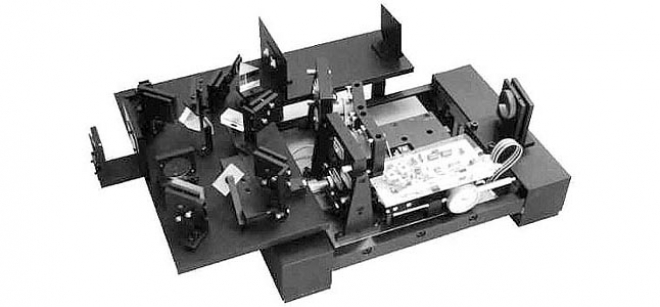
The TFP-1 spectrometer is based on a tandem 3+3 pass Fabry-Perot interferometer arrangement. The mirror spacing is selectable in the range 0.1 ÷ 30 mm. Mirrors are scanned by means of piezoelectric transducers up to about 2.5 microns around the rest position.
The instrument is intended primarily for the study of Brillouin spectra, particularly of many, or broad, features over an extended spectral range. The flexibility is such that even Raman spectra (out to about 500 inverse centimeters) may be measured.
Tandem Interferometer TFP-2
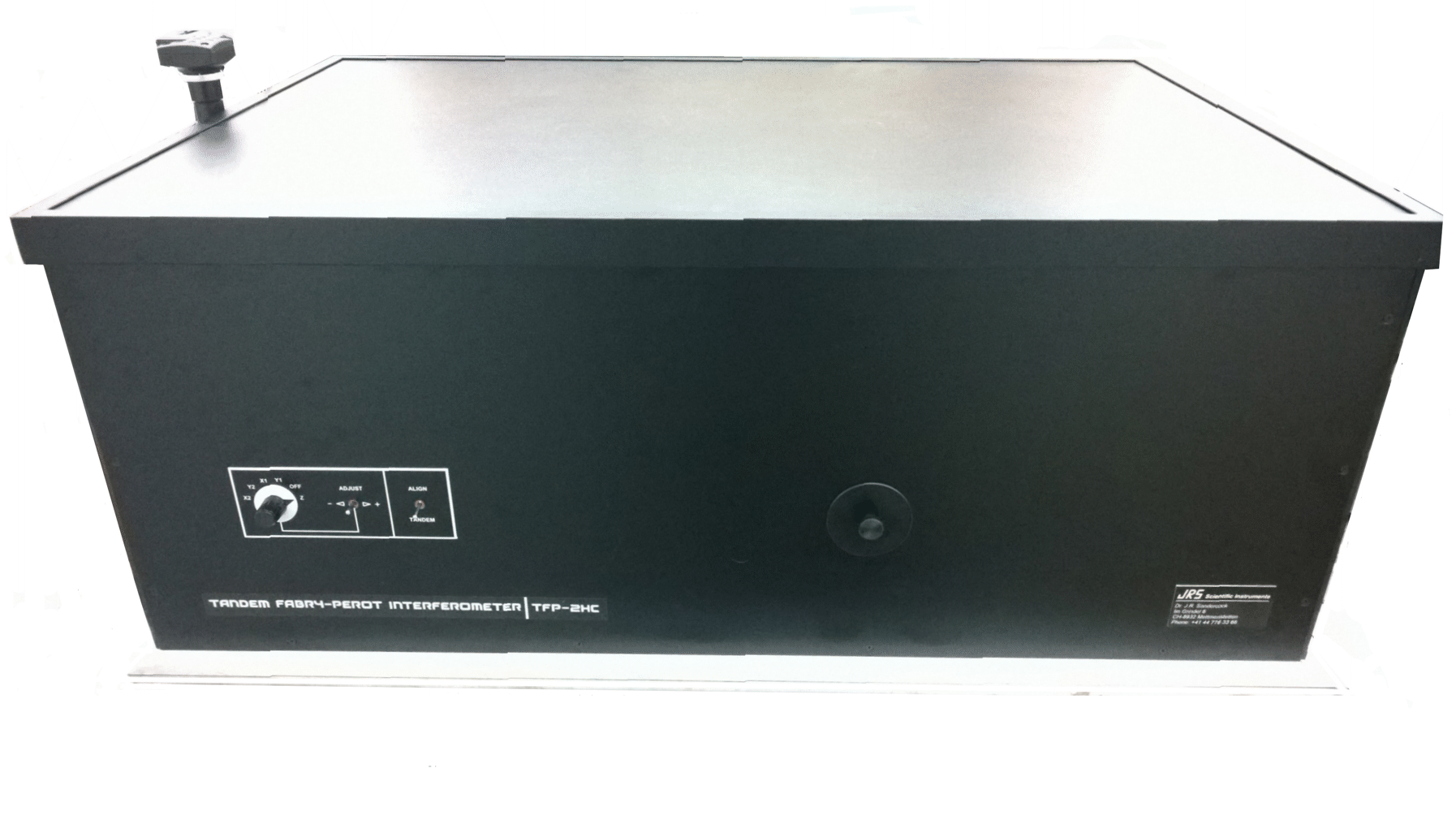
The recently developed TFP-2 HC is a high contrast evolution of the TFP-1 spectrometer. While maintaining the advanced and stable interferometer stage arrangement, a completely new optical plate has been developed to increase the contrast by about 4 orders of magnitude with respect to the previous model.
An upgrade of the optic plate of an old TFP-1 to TFP-2 HC is possible.
Confocal Interferometer CFP-1

The confocal Interferometer CFP-1 is a very high resolution spectrometer. The 500mm confocal cavity gives a resolution approaching 5MHz. Optics are included to allow an optic fibre to be optimally coupled to the cavity. A very narrow bandpass interference filter rejects stray light, and a glass plate beam splitter couples…
Confocal Microscope CM-1
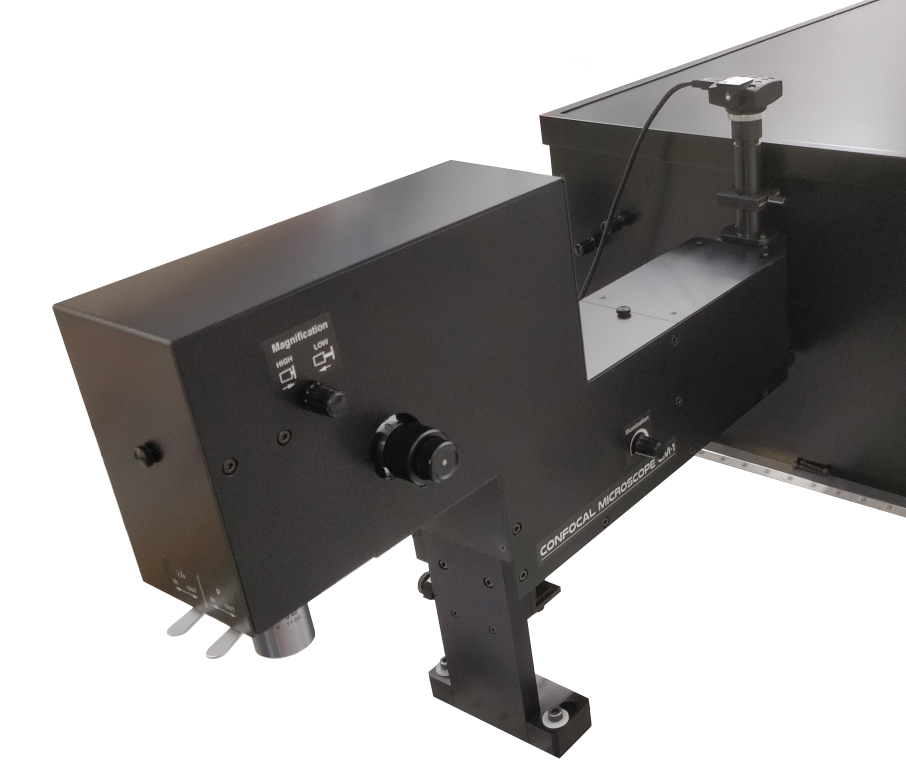
When the confocal microscope is combined with the tandem interferometer a complete lightscattering system is formed.
Multichannel Analyser MCA-1
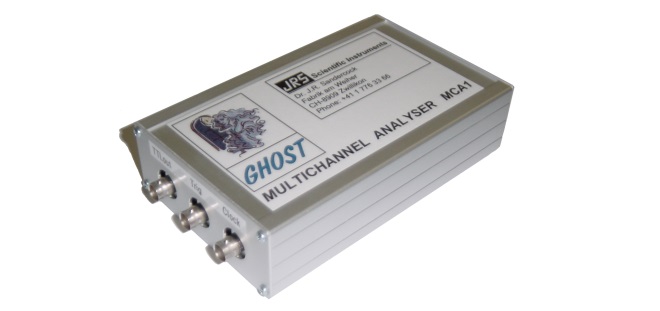
The light analysed by a spectrometer such as the Tandem Interferometer is measured by a suitable light detector. For maximum sensitivity the detector is normally a photomultiplier used in a single photon counting mode. The spectrum thus appears as a histogram in which the number of counts in a channel corresponds to the intensity at that spectral interval. This array of data channels is known as a multichannel analyser.
Laser Filter TCF
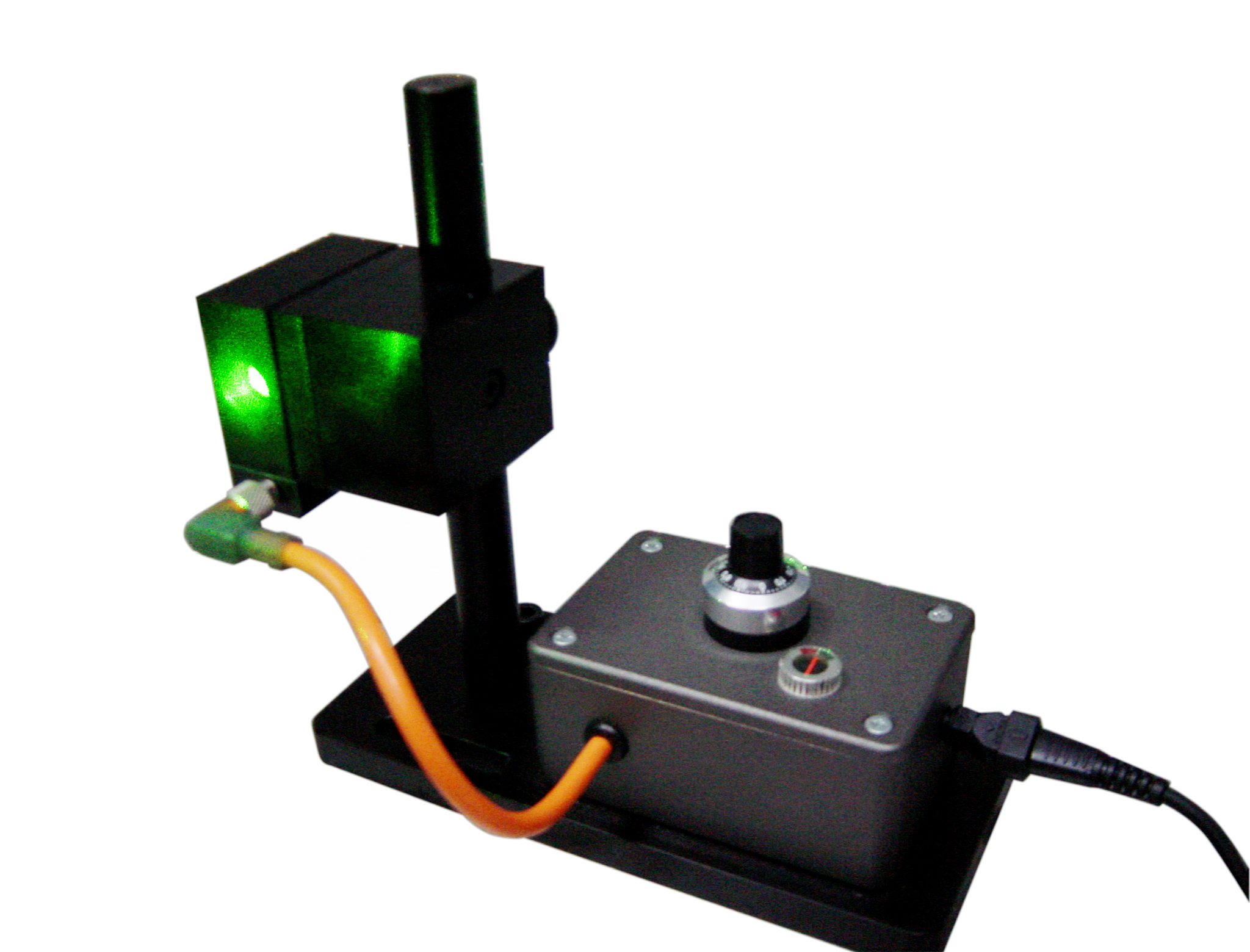
The TCF is a temperature stabilised etalon device, designed to reduce the intensity of
spurious secondary laser modes found on many modern commercial solid state laser light sources.
These secondary modes are very weak with an intensity typically 10-8 to 10-11 of the laser intensity, but unfortunately they lie in the region of interest for Brillouin spectroscopy measurements.
The TCF-2 is an improved version of TCF, providing longer term performance optimisation.
Pinhole Viewer PV-1
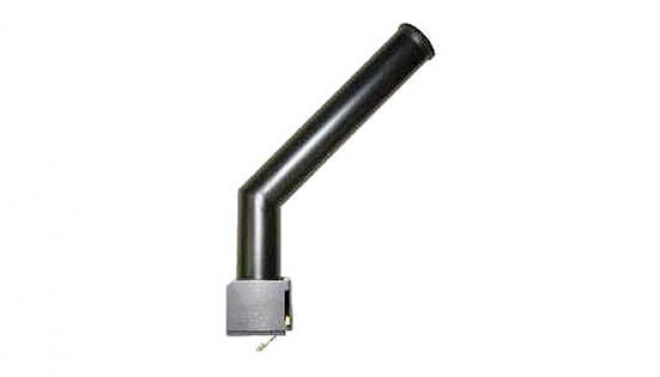
This is a microscope designed for viewing the scattered light imaged onto the plane of the entrance pinhole to the Interferometer.
Light Modulator LM-2
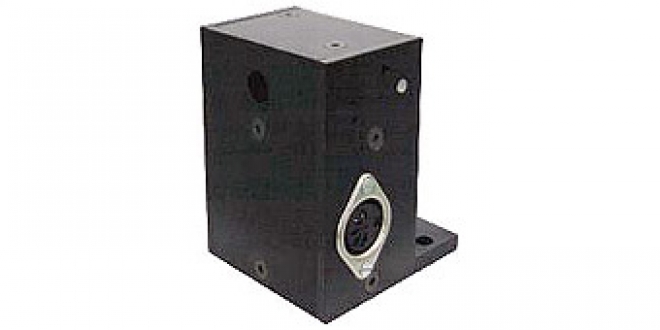
In most Brillouin scattering experiments it is essential to be able to modulate the laser intensity reaching the photomultiplier. Thus in back-scattering experiments there is often so much elastic light that the photon counting system is saturated and so no signal is available for stabilising the interferometer. In this case…
Pinhole Camera PC-1
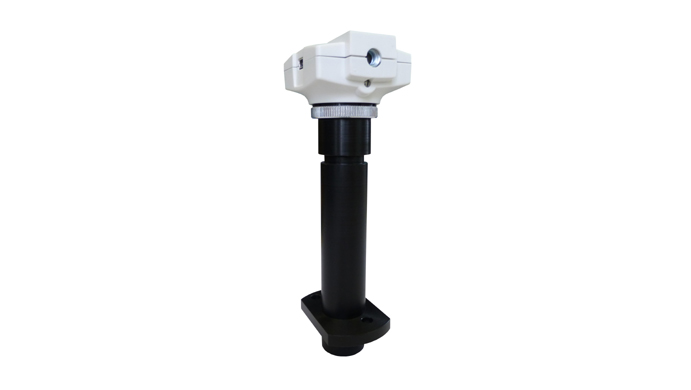
Our earlier pinhole viewer with monocular eyepiece has been upgraded. A camera replaces the eyepiece giving a bigger, safe image of the light passing through the input pinhole. Older pinhole viewers can be easily upgraded without affecting the optical alignment.
Brewster Attenuator BA-1
The TFP Interferometers require a low reference laser intensity (about 1-2 mW) for stabilization purposes. The Brewster Attenuator (BA-1) is a convenient way to provide this intensity.
The BA-1 collimates the sampled light into a fiber optics patch cable, that can be connected to a TFP reference input receptacle.
BLS mini setup
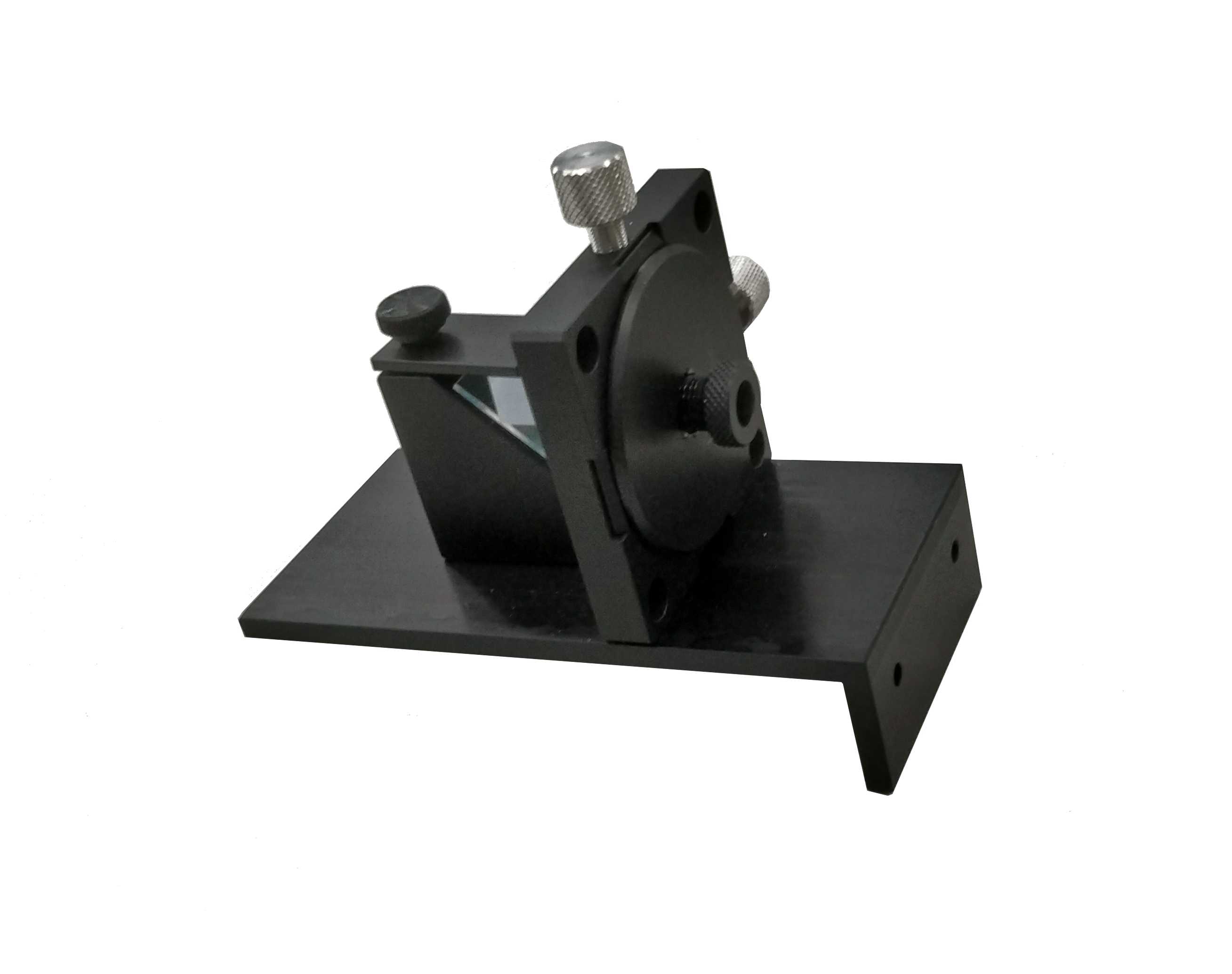
The miniature BLS setup is a compact but complete back-scattering system which can be mounted immediately before the input pinhole of a TFP spectrometer. It enables the execution of back scattering measurements on test samples without having a proper equipment on the workbench, or without disturbing a fully aligned setup already built on the workbench.




